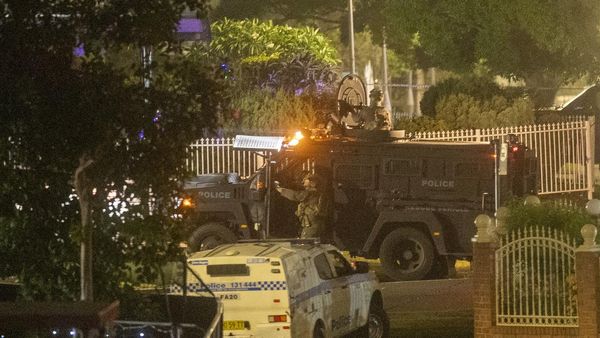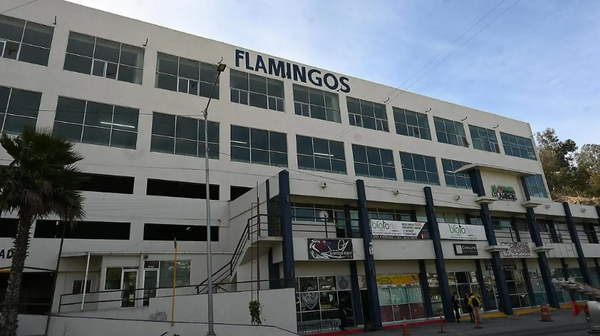
More than half of all hospitals in England and over two-thirds of those in London offer substandard care, an Observer investigation has found.
In one hospital emergency department, inspectors reported patients being treated in corridors and deadly diseases such as sepsis and cancer not being diagnosed.
The Observer analysed the ratings by Care Quality Commission (CQC) inspectors of 254 general hospitals – excluding those that provide single services or specialised care. Seven were rated as “inadequate” and 122 as “requires improvement” – 51% of the total.
The situation was significantly worse in London. Of 37 hospitals in the capital, 25 (68%) were rated as substandard.
One of those was Hillingdon hospital. CQC inspectors found that the hospital “did not always have enough staff to care for patients and keep them safe”, left “telephone calls unanswered” and demonstrated “no evidence of learning lessons from incidents among frontline staffoutside the ward from where the incident occurred”.
A spokesperson for the hospital’s NHS trust said it had taken immediate action to address the areas for improvement identified in the report and continued to monitor its services, and that the report also “identified good care and treatment, and recognised the compassion, kindness and respect demonstrated by our staff”.
Outside the capital, York hospital also had a poor CQC rating. Inspectors found patients arriving from ambulances “queued and were often seen and treated along a corridor” due to building works, that it had “no reliable systems to prevent healthcare-associated infections” and that there were “old blood stains on the floor” within a waiting area.
There were also delays around “the misdiagnosis or delayed diagnosis of sepsis, and delayed diagnosis of ovarian or testicular cancer”.
A spokesperson for the hospital’s NHS trust said it was working with the CQC to address the recommendations but that some of the problems were caused by short-term building works, and that a follow-up visit found the department’s environment and equipment to be cleaner.
CQC inspections also found that just over a quarter of surgical departments in England were failing to meet standards. In July, the Observer revealed that nearly half of all NHS hospital maternity services were substandard. The inspection regime began in August last year after a government review into serious failures in NHS care in Shropshire that left 300 babies dead or brain damaged.
Nicola Wise, CQC’s director for secondary and specialist health care, said: “There are many hospitals providing high-quality, safe and effective services, but sadly that isn’t the case everywhere.
We use a wide range of data and intelligence to keep a check on quality and safety. If we have concerns, or identify evidence that people may be at risk, we have a wide range of powers we can use if necessary.”
A Department of Health and Social Care spokesperson said it was working with the CQC to “ensure all hospitals are providing the standard of care expected”. “We are backing services with up to £14.1bn over the next two years to cut waiting lists and improve care,” they added.







